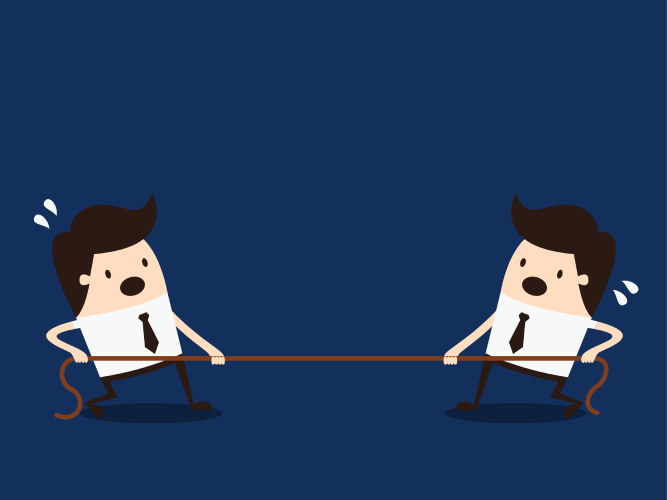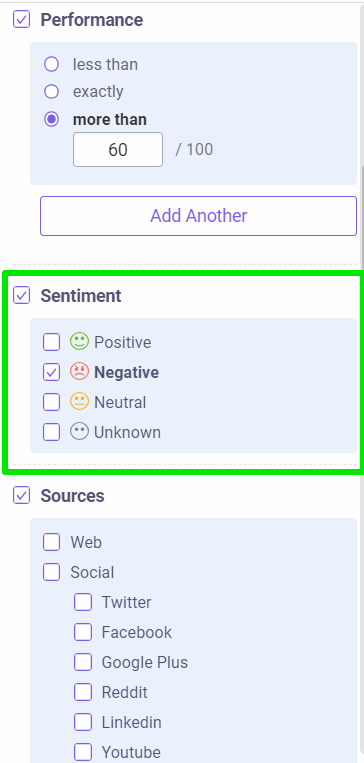In order to be a leader in your industry, you need to know how to perform a competitive analysis. A competitor analysis is more than a simple SWOT analysis where you find the strength and weaknesses of your market segment. Evaluating your competitors is highly important and must be done through complete market research using an analysis template like the one that we're going to present in this article.
Finding out where your competition excels doesn't have to be a burden if you have the right strategy and necessary tools.
- What Is a Competitor Analysis?
- Why Perform a Competitor Analysis?
- How to Conduct Your Competitive Analysis
- Step 1. Find Your Top Competitors
- Step 2. Analyze Your Competitors Popularity
- Step 3. Identify the Public Perception of Competitors
- Step 4. Analyze Your Competitors' Social Media Strategy
- Step 5. Perform an SEO Competitor Analysis
What Is a Competitor Analysis?
Competitor analysis in digital marketing is the process of finding strengths and weaknesses of your competitors, relative to those of your own product or service.
There is no exact competitive analysis definition. Yet, you need to know that the strengths within a competitive analysis are the things that make you unique, your key selling point, the ideas around your whole business - which can be about the product or the team. On the opposite side, the weaknesses point out some deficiencies, and things you could improve, when it comes to your brand, or take advantage from, when it comes to the weaknesses of your competitors.
The competitive analysis has the role to make a valid and accurate market positioning and a report on what you are doing best, and where your competitors excel, and learn from that to win more potential customers.
A competitive analysis also means picking the right competitors and looking at analytics that include business metrics, digital marketing analysis, social media metrics.
Why Perform a Competitor Analysis?
By doing an accurate competitor analysis you'll be able to receive a lot of data and insights for making better business decisions. Similar to an internal research, by evaluating quantitative and qualitative data, if you research your competitors, you will uncover effective strategies and new ideas for increasing your business' performance, be it on social media, on online, or in the physical store.
A well-performed competitor analysis will allow you to:
- Build your unique selling proposition (the statement that describes the benefit of your offer and how you solve your clients' needs).
- Bring business improvements regarding products and services, team management, customer care, delivery and many more.
- Discover new market segments.
- Prioritize goals and future development.
- Create products that are actually required and respond to customer's needs.
How to Conduct Your Competitive Analysis
For a better understanding of how your competitor analysis framework should look like, we've performed a competitive market research on the cosmetic niche. We've analyzed several metrics on this market segment to conduct a competitive analysis as in-depth as possible, with most of the data being pulled out from brand mention monitoring.
Brand monitoring, when done with the right tools, is more versatile than you'd think. Running an in-depth brand mentions competitive analysis could help you make sure that you are not overlooking any efficient strategies that might be working wonders for your competitors.
They are talking about your company
Get instant access to brand mentions across social, news, blogs, videos and more. Get Free Report
Step 1. Find Your Top Competitors
Even though you might be aware of some of your market leaders, there might be a few you're missing.
For our case study example, we searched for top leading beauty brands. As social media is a highly important segment within this industry, one of the analyses we've performed was to find the top-performing brands on social media, by the number of followers.
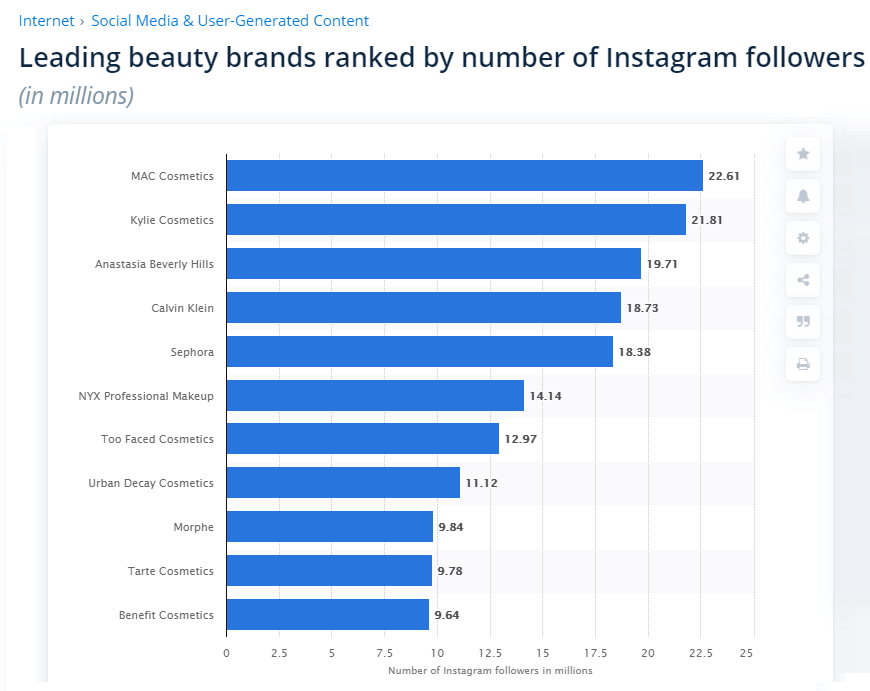
You can also search on Google for the relevant keywords in your business and see the top brands that are ranking for those keywords. And use a spying tool to find out important analytics on every website you want, such as the Mozbar browser extension.
Also, check out Social Media to figure out the businesses that pop out in results in your market. The research we performed helped us understand the niche a little better. Therefore, based on this research performed, we've chosen to continue our competitive analysis on the following brands:
- MAC cosmetics
- Kylie cosmetics
- Anastasia Beverly Hills
- Sephora
- NYX
- Too Faced
- Urban Decay
- Morphe
- Tarte
- Benefit.
Step 2. Analyze Your Competitors Popularity
It’s too complicated and actually impossible to manually track all your competitors’ records and activity, as much manual web scraping you'd be doing.
So, even if you know your competition, the question remains: how do you find who is the most popular brand in your niche?
Most popular = most mentioned
Tools like BrandMentions can make things easier.
Therefore, to answer to our main question, "how to perform a competitive analysis", you need to start performing an in-depth research of your competition. Brand Mentions allows you to track keywords, brands, product names or whatever you need.
Going back to the beauty niche we are analyzing, let's figure out the most popular brands here. We took BrandMentions for a spin, to find out the most popular beauty brand into a very competitive niche by analyzing and monitoring social media metrics. We analyzed the mentions for these beauty brands for a short period of time, October 14 - November 15, Worldwide for all languages.
After analyzing the results, we saw that Sephora has some interesting discoveries. Compared to the rest of the beauty sites, Sephora has the highest number of mentions on web and social. In the printscreen below, we can see all mentions for each brand categorized by source (web and social).
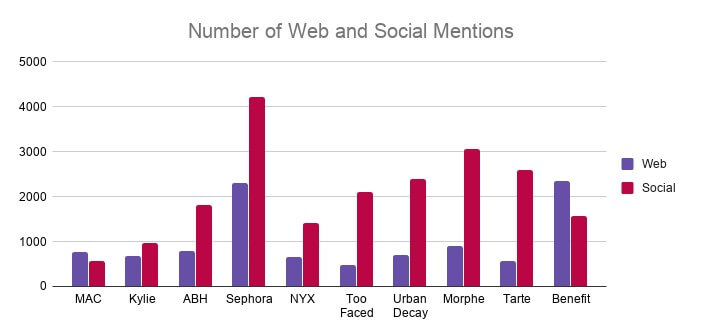
By far, Sephora outranks the rest of beauty brands on the total amount of mentions on web and social.
The number of mentions could be explained by the fact that Sephora has more influencers that talk about it on Twitter. Results showed that the brand is mentioned by influencers with over 50k followers on Twitter compared to other beauty brands.
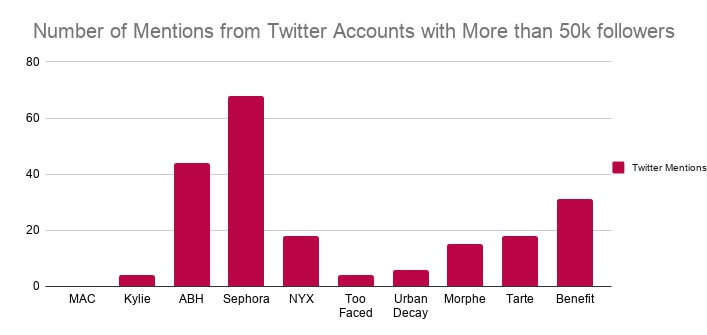
BrandMentions has a filter that allows you to filter mentions to see the Twitter posts from people that have a specific number of followers. The Twitter account for each brand was excluded.
Just by taking a look at your competitors and monitoring their brands, you can get a bunch of data:
- compare how often your competitors versus you post on social media
- what outlets mention them more than you
- how many mentions they have had in the last 24 hours
- how many shares their mentions have
- what languages are their mentions written in
- do they have mostly web or social mentions
And yes, all mentions matter, but some matter more than others.
When looking into your competitor’s yard, look at their best practices and try to figure out what worked best for them.
Step 3. Identify the Public Perception of Competitors
You must have heard at least once people saying that all publicity is good publicity, as long as they spell your name right. Or that the only thing worse than being talked about is not being talked about. But is it really so? How much does the public perception influence a brand's popularity? Let's find out!
The Sentiment Analysis feature allowed us to have a better understanding on the public perception of the analyzed brands. If we first identified the competitors and looked for the most popular ones, now we can have a look at how they are perceived in the online world.
How did we do that exactly?
We monitored all brands with BrandMentions as we said before, and from all mentions we started to filter them out. Filters are a blessing in this situation, giving you full control over the segment of mentions that you want to analyze.
Trying to manually find all the negative brand mentions that interest you is like trying to find a needle in a haystack.
After analyzing the sentiment analysis for each individual beauty brand ,we came to realize that most of them share a higher positive experience with the users.
By looking at the data, for all brands or just some of them, we can draw lots of conclusions. For instance, comparing to other brands, Benefit has the highest number of web and social mentions that have a positive sentiment analysis. If we look at the next graph, we can easily see that Benefits stands out:
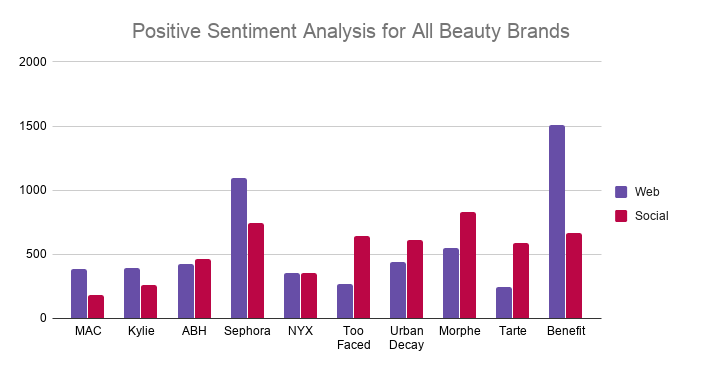
Another thing we can observe is the fact that Benefit has the highest number of web mentions with a positive sentiment, as well. But the brand that is leading the positive social mentions is Sephora.
Even though Sephora has the highest number of positive social mentions, overall, compared to the rest of the beauty brands, it has the highest number of negative sentiment. Which might be a downsize for the brand.
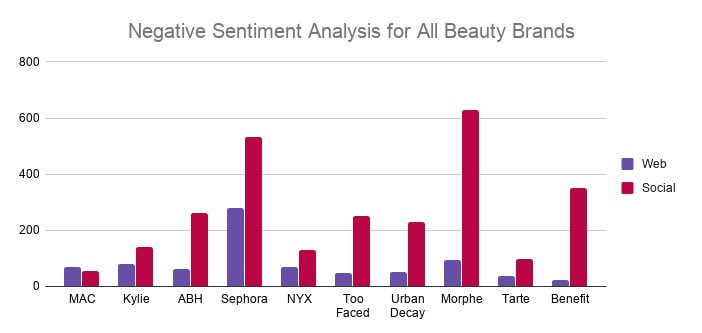
Below you can see a comparison with the other cosmetics brand on positive and negative sentiment analysis.
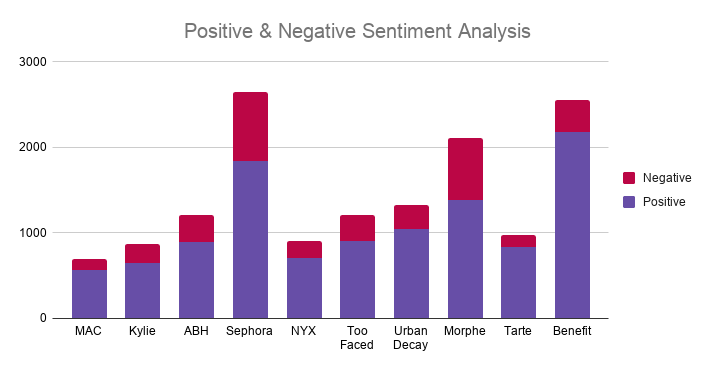
We can see that most of the mentions are from social media and more specifically, from Twitter. The connection with the previous results might be stronger. Often time it has happened that people are more driven to write online about a negative experience, rather than a positive one.
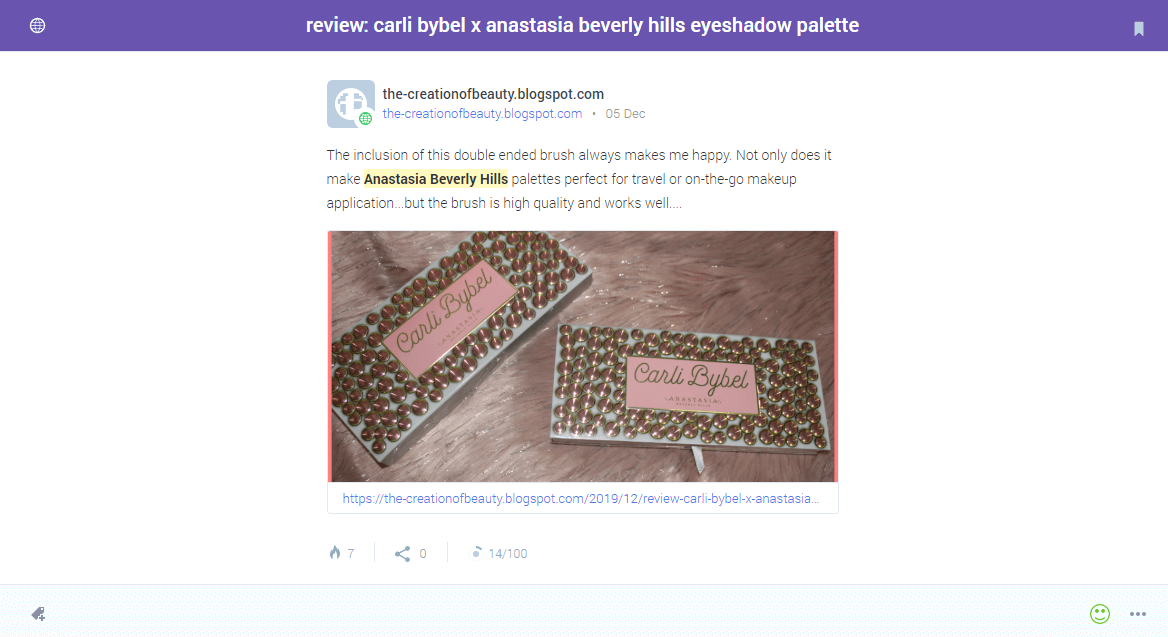
We saw that the negative sentiment had the lowest value compared with the positive and neutral sentiment, with a single exception. Morphe had a higher neutral sentiment than the negative one. Check out the graphic below:
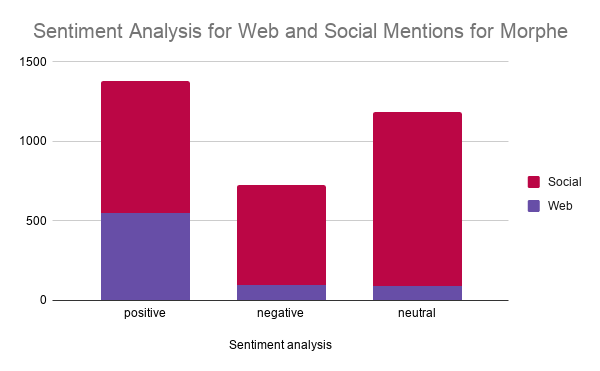
Urban Decay has the most naturally ordered distribution of the sentiment analysis for the mentions analyzed on web and social.
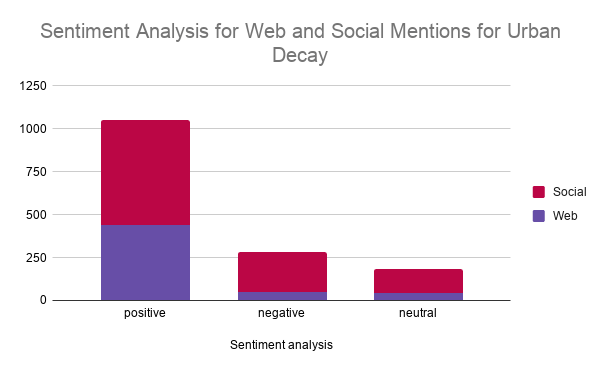
We are not saying that bad publicity couldn't be good publicity for some businesses or individuals. But for most businesses and niches, bad publicity and negative brand mentions are never a reason for joy but an occasion for a crisis communication meeting.

Another interesting thing to observe in the graph above is that Morphe has the highest negative sentiment analysis on social media.
People love it the most, but they also hate is the most, compared to the rest of the brands. If we look particularly at the brand to evaluate the total number of positive vs. negative sentiments, we can see that in the end, a positive experience overcomes the negative one, in terms of absolute numbers.

We've previously talked about Morphe saying that it has a higher number of neutral sentiments, the only brand with this particularity. We can understand that people have mixed feelings when it comes to this brand: You either love it or hate it.
Both positive and negative mentions have a big impact on the purchase decision of a client.
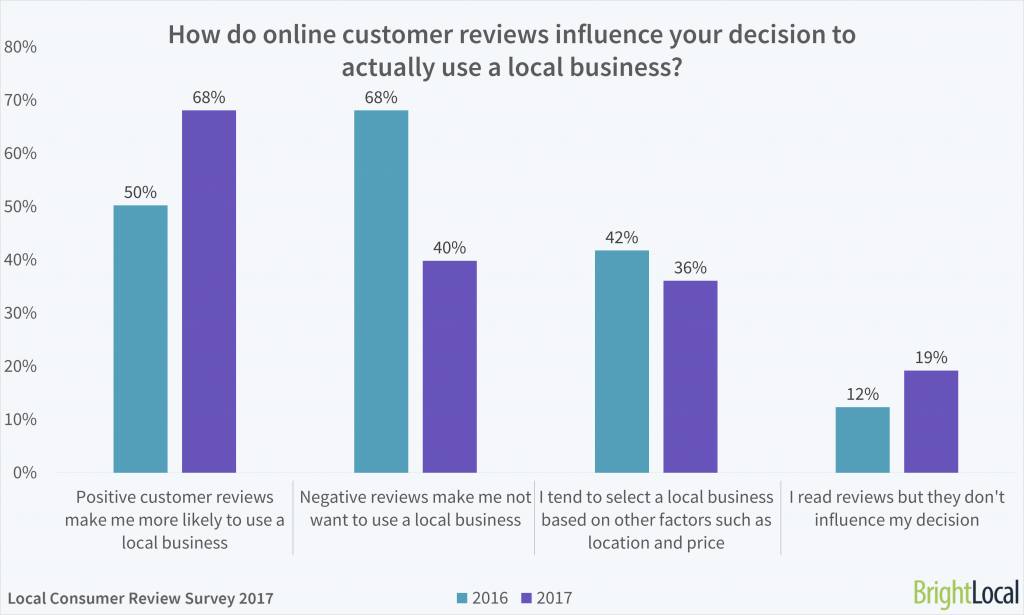
Although it might sound bad to spy on your competition, this marketing technique is a fully transparent, popular, and white-hat one. How else would we all improve ourselves and our brands if we were to not compare our endeavors with the others? And this is where a brand monitoring tool comes to rescue us.
When doing competitor spying, we are actually building PR relationships.
Both directly and indirectly.
Directly by getting to know your common audience better (the one your competition shares with you) through your competitors’ eyes, win ties with important outlets in the industry, etc.
In addition, while keeping “your enemies” closer, you indirectly relate to and establish a relationship with them. By constantly trying to keep up the pace with or outrun the brightest ones in the niche, and struggling not to ever fall in the pitfalls of black-hat marketing techniques other companies deploy in their strategies, you simply get better and better. In other words, you widen your professional circle.
Competitor spying is the more polite version of eavesdropping. There's no harm in doing it as long as you're using the tools to improve yourself and not disrupt the other.
You can easily gain insights on your competitors' performance and dig into their success strategies and use the lessons to your own benefit.
They are talking about your company
Get instant access to brand mentions across social, news, blogs, videos and more. Get Free Report
Step 4. Analyze Your Competitors' Social Media Strategy
Tracking mentions for your competitor can lead you into discovering social media campaigns, new content ideas, top-performing social channel alongside types of content shared on each platform, plus trending hashtags used and top influencers for each competitor.
For instance, in our case, in the beauty niche, the results might surprise you. If you thought Instagram would be the most used Social Media platform for beauty products, you might be wrong.
According to the analysis performed in BrandMentions, it turned out that Twitter has the highest number of mentions for every beauty brand compared to the other social media marketing platforms.
If you thought that Instagram was the king of the beauty industry, you are wrong.
Of course, Instagram is a powerful Social Media channel, but maybe there's more in that direction. There are some insights related to this social platform, nonetheless. We know that Facebook became stricter about sharing data with third parties, so we can't see private posts. Instagram has shifted the strategy in this direction as well. Instagram started to hide likes in select countries earlier this year, and it will soon do the same in the United States.
This method affects the way we see data, on top of the fact that there are lots of users with private user accounts where even if you have an account you can't see their posts, likes, and stories.
After analyzing all the social mentions for all the beauty brands on all social platforms, here's what we discovered:
- Twitter is the Social Media Platform with the highest number of mentions.
- Twitter is the Social Media Platform with the highest number of mentions with positive sentiment analysis.
It seems that Twitter is a great way to start an influencer marketing strategy; it is also the most popular social media site. Finding all the information will help all marketers, brand managers, and community managers to build the best social media strategies for beauty brands.

When we looked at the distribution of web and social mentions for the beauty brands, we discovered 2 categories:
- more web mentions: MAC and Benefit
- more social mentions: Kylie cosmetics, Anastasia Beverly Hills, Sephora, NYX, Too Faced, Urban Decay, Morphe and Tarte.
It's obvious that social is the king here. We won't bother you with tons of charts and data on all the analysed brands, yet, you need to know that within Brand Mentions you can perform any type of analysis you want when it comes to social mention analysis.
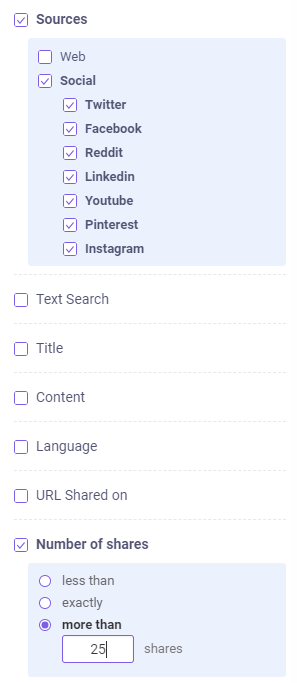
If we analyze one of the competitors, Morphe, we can see that it is more popular on Instagram by the number of mentions. It is seconded by a small number by Anastasia Beverly Hills.
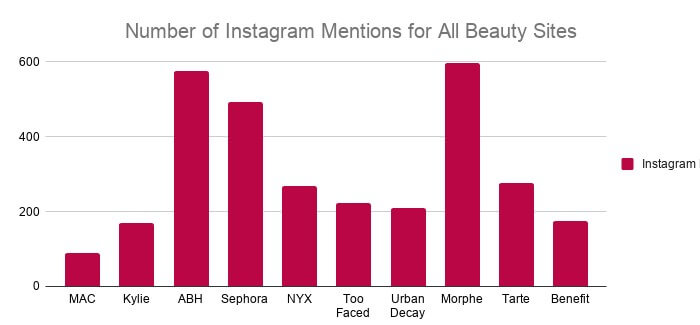
Morphe has lots of mentions on Instagram, but it is on the 8th place when it comes to Instagram followers with 10.3m.
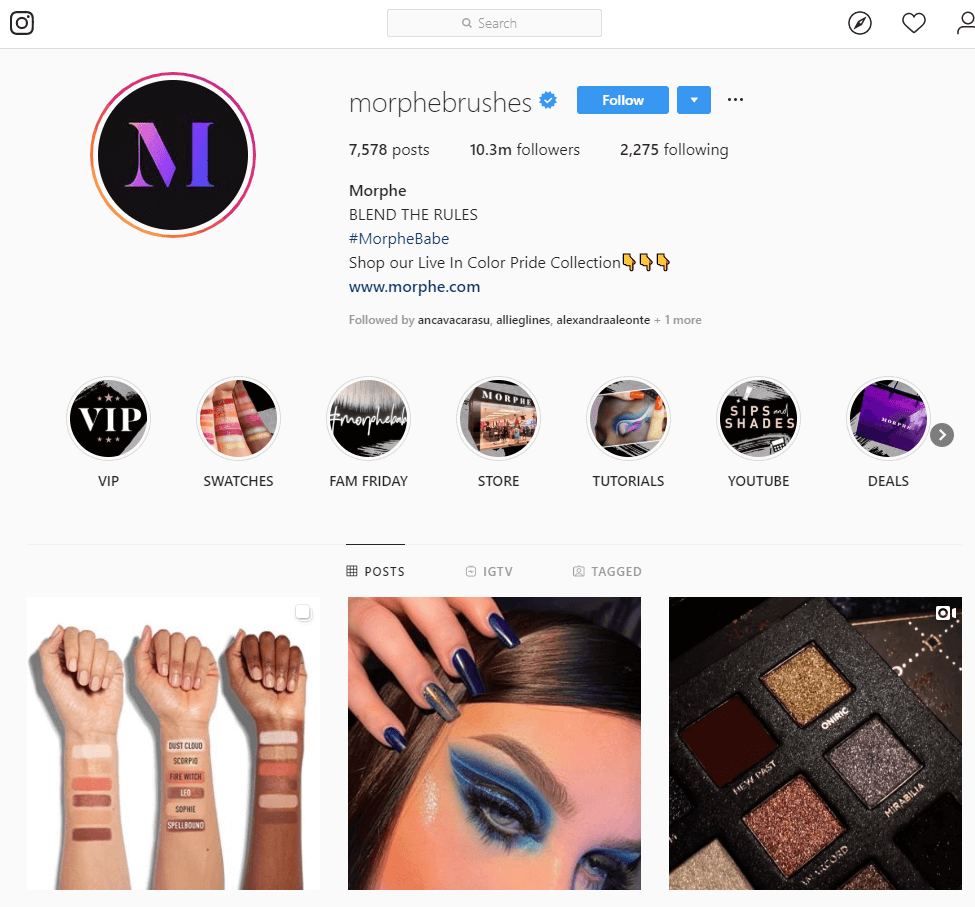
When it comes to answering the question on how to do a competitive analysis we know that what matter most are the insights you get to find out. And here are some great insights we've extracted for the most popular social media beauty sites scrutinized within our competitive analysis:
1. For the MAC Brand:
- MAC has the highest number of influencers on Instagram.
- MAC doesn't have influencers of people with more than 50k followers that mention the brand on Twitter.
- MAC is the least popular on the web and social media judging by the number of mentions.
2. For the Sephora Brand:
- Sephora is one of the most popular beauty brands on social media and the whole web compared to the rest of the brands by the number of mentions.
- Sephora is mentioned by influencers and people with more than 50k followers on Twitter.
3. For the Morhphe Brand:
- Morphe shares a positive experience on social media compared to the rest of the beauty brand. It has the highest number of social mentions with a positive sentiment.
- But it also shares the highest value of negative emotions on social.
- Morphe is the top beauty brand on Instagram by the number of mentions compared to the rest of the brands.
4. For the Benefit Brand:
- Benefit is on the 10th place by the number of followers on Instagram with 9.8m (see printscreen below), the last place compared to the rest of the brands.
- Benefit offers a higher positive experience by analyzing sentiment analysis for the whole web and social mentions.
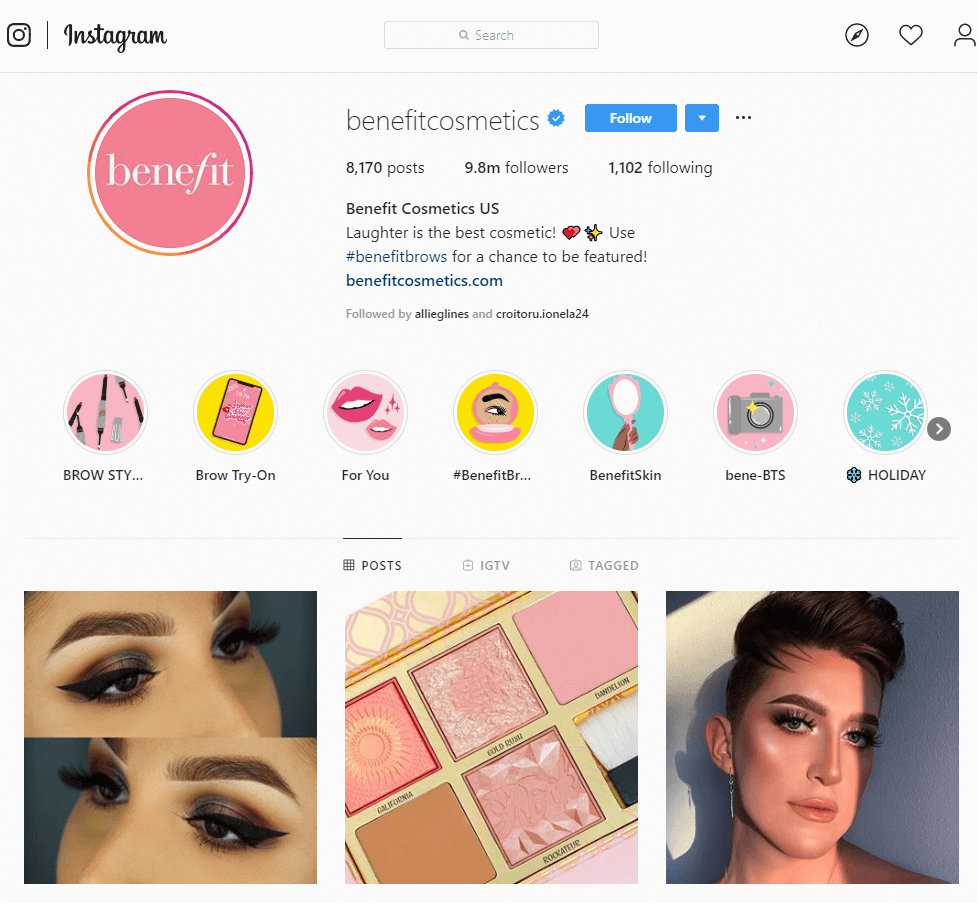
After analyzing all the mentions for all the beauty brands, there are lots of insights to help you create social media marketing strategies and find out the top competitors in your niche.
Step 5. Perform an SEO Competitor Analysis
Knowing how to analyze your SEO competition is an important step in determining your overall keyword and SEO strategy. There are many factors involved in the process, and without the correct framework, it can get complicated. Here you can find the steps for the SEO competitor analysis explained, as clear and simple as possible. Within the screenshot below you can see the main steps that you need to take to make sure you perform an SEO competitive analysis at the highest level.
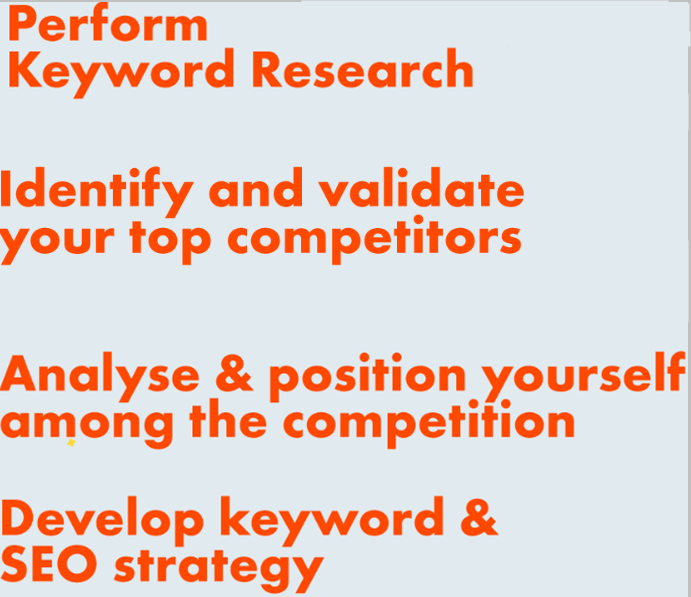
What Tools We Used to Do The Competitive Analysis
We used BrandMentions to analyze the beauty content and all the mentions for each beauty brand : MAC cosmetics, Kylie cosmetics, Anastasia Beverly Hills, Sephora, NYX, Too Faced, Urban Decay, Morphe, Tarte, Benefit.
Each created project had the name of the brand, and we added the keywords, domain URL, Facebook and Twitter account for higher accuracy in finding relevant mentions. We let the tool do its magic and analyze the beauty content on social media and the web.
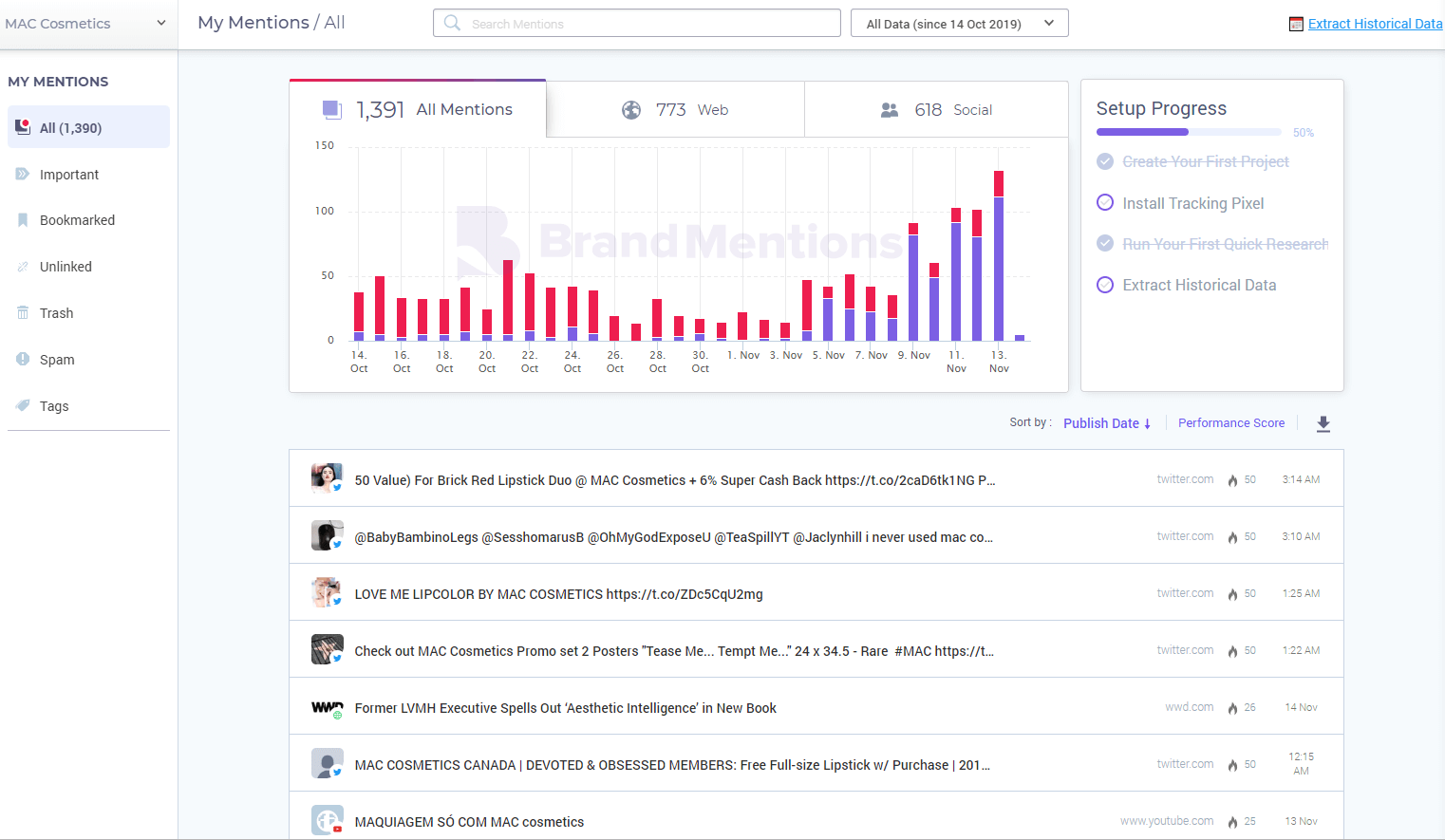
For the metrics and discoveries made, we used filters and features available in BrandMentions, such as Sentiment Analysis analyzer, web and social sources, mentions from Twitter accounts with a specific number of followers and more. Check out the data for designing your winning social media strategy.
Also, the trigger was when we found a research on Statista with most followed cosmetics brands on Instagram; so we thought of performing a deeper analysis on the topic, and finding the most popular beauty site on Social Media, not only on Instagram. We wanted to see if there more we needed to know. And yes, there was so much more.

For an effective competitive research, there are multiple things that need to be taken into consideration, beside web and social listening. Things like brand awareness,
customer experience, target audience, the search engines you are interested in, target market, the service or product features, the competitors sales, etc. This is not a complete guide to obtain competitive advantages that applies for all. But a competitor analysis template that helps you best identify your competitors and your main competitor strengths and weaknesses.
They are talking about your company
Get instant access to brand mentions across social, news, blogs, videos and more. Get Free Report
The best time to start finding out information about your competitors is now. So even if you are a content marketer, a small online store owner or a big ecommerce business, an online marketing specialist or you're in the sales teams, you need to start digging into competitive intelligence.

